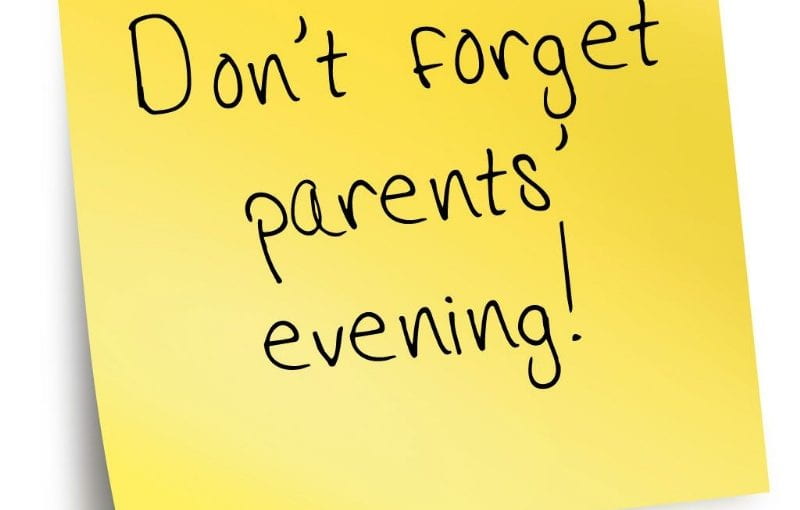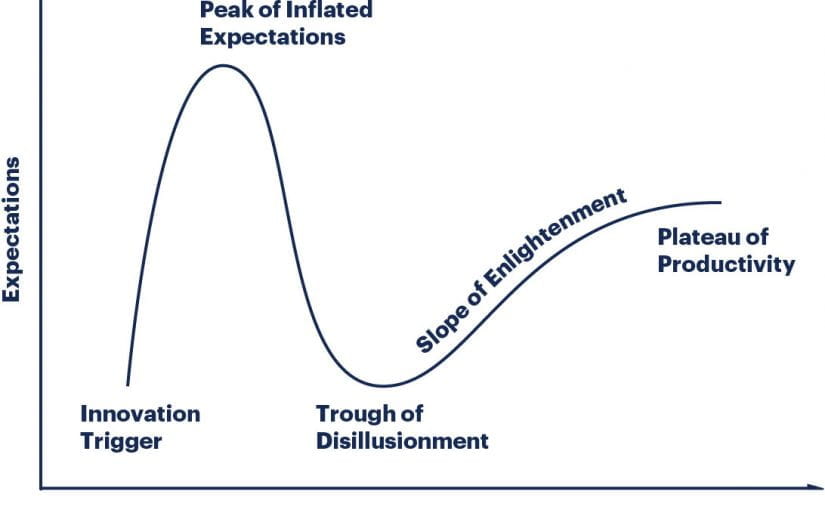If you were to survey Trainee / Associate teachers about the aspects of teaching that are most likely to induce sleepless nights, I’m pretty sure that behaviour management and Parents Evenings would be jostling for poll position. Though commonly referred to as a Parents Evening I’m going to refer to these events as Parents and Carers Events (PCEs) in this article as a way of acknowledging the broad church that encompasses the home lives of the students in our care. A small but important distinction.
My time working as an unqualified instructor teacher pre-training and pre-COVID afforded me the benefit of insight into how PCEs operate both in person and in our brave new, blended digital world. The awkward scrum of an in-person PCE will be familiar to all teachers lucky enough to be working in schools pre 2020. Anxiously anticipated by parents and carers, students and teachers alike, these events facilitate a collision of worlds and can run high with emotion and nervous expectation across the board. Confrontation was the great fear amongst teachers, exposure among students and embarrassment amongst parents and carers.
Usually demure, school hallways throng with students leading their parents and carers around, clutching dog-eared pieces of A4 paper with (usually) incorrect appointments scrawled on them. Queues around the academic ‘subject-du-jour’ department tables contrast lonely looking (usually) Art, PE and DT tables, hoping to mop up the stragglers and sell parents and carers the virtues of their subject area.
Student helpers happily serve value brand tea, bad coffee and biscuits from a repurposed maths desk and everywhere a certain kind of magic hangs in the air that can only happen when two groups of people jointly, but separately responsible for the care of another come together to compare their experiences.
That, rather romanticised, view of a traditional PCE has been contrasted this past year by the somewhat cold, functional and arguably more efficient formality of the digital PCE. Arrangements are made via shared documents and meetings held via video call. A digital format has no doubt allowed teachers to reach a larger audience when considering the access and flexibility around video calling, though the omni present digital divide and screen fatigue may balance those advantages to a familiar equilibrium.
Digital or in person PCEs come up against the same pitfalls. PCEs can serve to highlight socio economic differences and disadvantage amongst our cohort. For example, Anill’s mum will sit diligently making notes about expected grade levels on her macbook pro, whilst David’s older sister covers for his step-dad who’s working the nightshift to make ends meet. As teachers we carry preconceptions about students’ home lives, based on their behaviour in school. Parents and carers will come to PCEs with expectations influenced by the communication they have had with school, good or bad. Students will be anxious. Two leviathans of their lives coming together, potentially exposing things they would prefer hidden. PCEs can also be fantastic opportunities for building relationships and giving students the tools they need to build independence and agency.
The confrontation that stirs the fears of teachers occurs when a heady mix of expectation, emotional investment, frustration and poor communication mix together at a PCE.
Using my experience to this point, and advice from influential books and the advice of colleagues I’ve come up with a pragmatic guide to avoiding confrontation and building successful relationships with students, their parents and carers and most importantly, surviving your first PCE experience.
- Be prepared
- Thanks yous and apologies
- Enthusiasm and positivity
- Empathy
- speak to the student
- Demonstrate an understanding of needs.
- The Don’ts
- Pass it up when you need to
- End with practical next Steps for the student
1/ Be prepared
Preparation is key with PCEs. Spend some time ahead of the event checking pupil profiles, looking at students work, grades and performance. Write a short script that includes what your student is working on, how they are performing and what their next steps are. Include any functional information that may be useful (timetables, whole school events, changes to the exam board or curriculum). Plan your time and include a minute or so for questions. Prepare for the unexpected, because something unexpected will happen. A student without an appointment, an unexpected difficult conversation, some unexpected information about a student in your care. Know what you’re delivering and who to turn to if you encounter a problem you can’t deal with.
2/ Thanks yous and apologies:
Parents and Carers have most likely had to make special arrangements to attend your parents evening. You will have in-depth knowledge of how the child in their care is interacting with the curriculum you have a significant investment in. Some parents and carers will want to know everything, blow by blow. Others may appear disinterested. Either way you will likely have 5 minutes of their time only. Start off by thanking them for making the effort to attend your appointment and apologising for the time constraint. show them that you appreciate their time and value their opinion.
3/ Enthusiasm and Positivity
Speak about your subject matter, the school, the department, the Scheme of work and the student with enthusiasm and positivity. Put aside any preconceptions you may have and use your energy to focus on the positives of each and every student in your care. Parents and carers may need to hear some negatives but always back them up with a clear path for how the students can move forward with positivity.
4/ Empathy
An easy element to overlook, especially if you are speaking about a student you are struggling with in class. Listen to parents and carers and be aware that your most difficult students are almost always those with the most complex needs and home lives. Some student’s home lives may surprise you, a PCE is an opportunity to build supporting relationships with parents and carers and your students – approach each appointment wth empathy and understanding.
5/ Speak to the student
By speaking to the students at PCE events we are giving them agency over their relationships with both their parents and carers and you, their teacher. Speak to them directly. Ask them how they are feeling about your classes. Some parents and carers will want to rule the conversation and have lots of questions and some will come alone without your student. In these cases steer the conversation back to your student either directly or by inference.
6/ Demonstrate an understanding of needs
I can’t stress this enough. Check your pupil profiles and be prepared. PP, SEND, SEMH student’s needs dont stop at the school gates. If you are struggling with behavioural needs, their parents and carers are likely experiencing the same thing. Be direct and empathetic about a student’s specific needs, speak to the student directly and show them that you are aware of their needs and want to help. Ask if there are any things that work at home, or offer successful strategies you have tried in school. Demonstrating you understand the needs of your students to their parents and carers will build trust, help communication and ultimately benefit your relationships with your students.
7/ The Dont’s
DON’T attribute blame, bring up specific confrontations, bring other students into the conversation. This is an opportunity to build positive relationships and bringing up specific confrontations, attributing blame or bringing other students into conversations will come across as petty and acusationary. Insead garner an atmosphere or positivity and enthusiasm (see point 3)
8/ Pass it up when you need to
No matter how well you have prepared or how positive you are, confrontation can still arise. Historic bad relationships with school, breakdowns in communication, differences in opinion and more can lead to a confrontation in a PCE. Use your empathy and stay calm. Try to understand their point of view. Rather than escalating a situation, exemplify a measured, pragmatic response. Know who you can refer aggrieved parents and carers to. Heads of year, pastoral leads, SENCOs, deputy heads or even head teachers are all good examples of members of staff you can ‘pass up’ a problem to. Always follow up – this is vital to building good relationships. Make your communications with aggrieved parents and carers and relevant staff members transparent. Prepare some statements in advance, emotions can run high and words can be hard to find in the moment. For example “I’m sorry to hear that Mr Smith, I’ll pass that on to Ms Warwick our Pastoral lead to follow up with you” or “ I’m afraid I can;t answer that but I will pass your concern on to Ms Davis our head of year and they will follow up with you”.
9/ End with practical next Steps for the student
Appointment successfully navigated, parents and carers happy, student delighted – finish up with some practical next steps for your student based on your discussions and deliver it to them. “Jane, next steps for you will be asking our TA to spend some extra time with you in class”. “Mohummed, next steps will be to include detailed annotations in all of your technical drawings”
10/ Experience is key
Nothing beats experience. Make sure you have a role to play in a PCE during your training. Draw in the experiences of your colleagues and approach each event prepared, enthusiastic, positive, empathetic and practical.
I hope some of you have found that list useful, share your thoughts and experiences with me on twitter!





